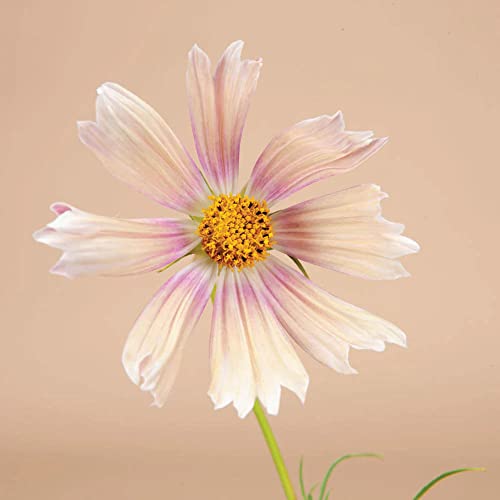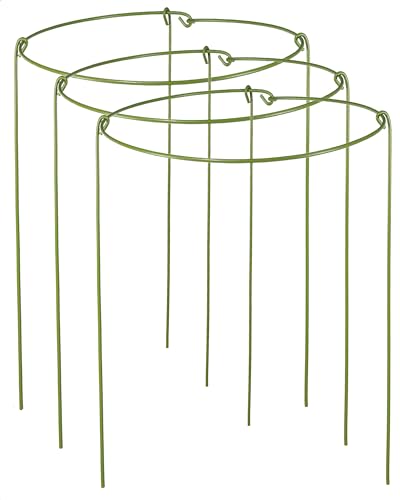These are the secrets to cosmos success – discover three key ways to ensure flowers bloom until the first frost
Keep cosmos flowering for as long as possible with our expert-approved tricks of the trade
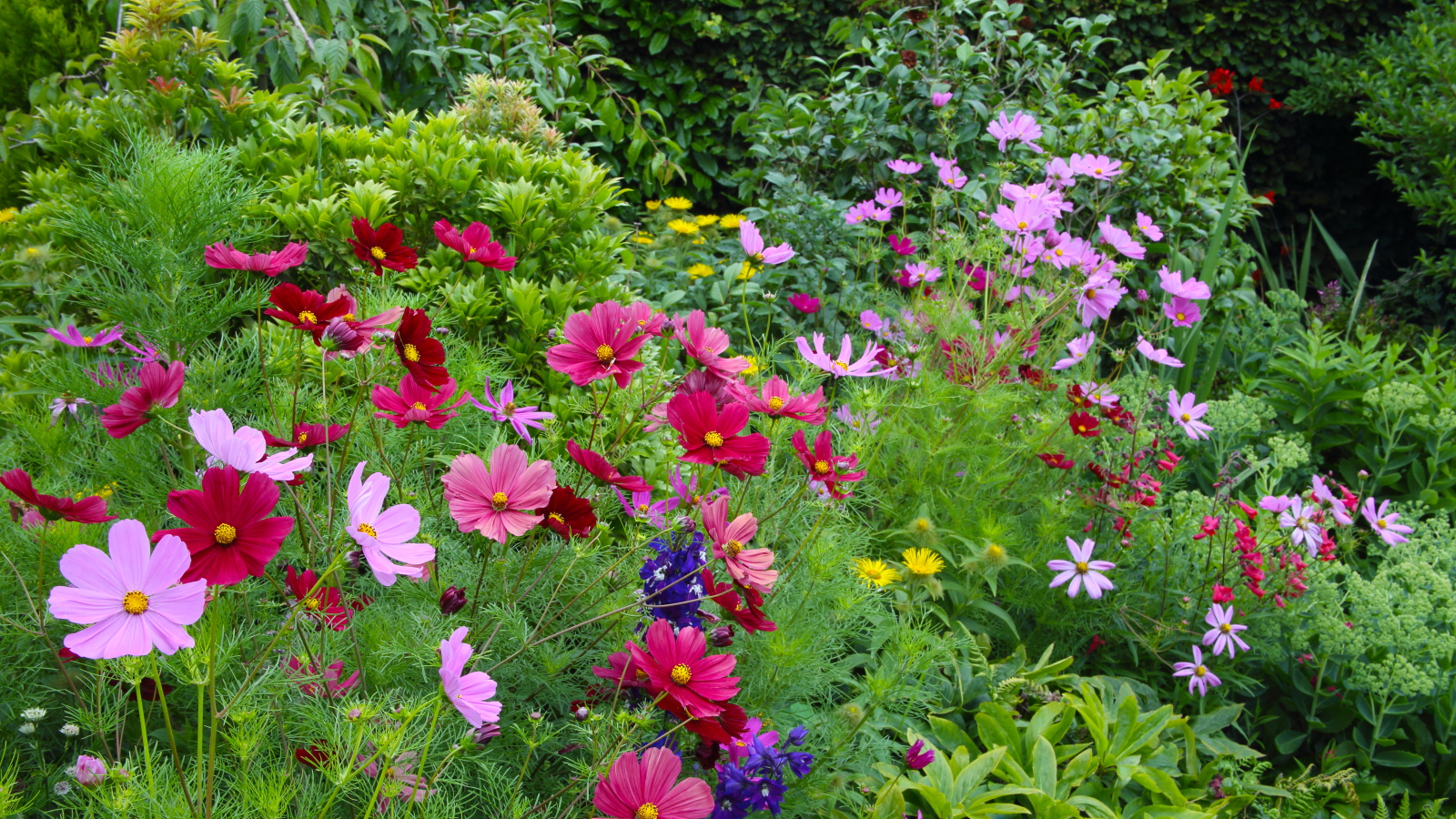

Cosmos are colorful jewel-like flowers that steal the show in any summer garden. Typically grown as annuals in cutting gardens and backyard borders, cosmos are renowned for their long-lasting and low-maintenance nature, blooming from early summer until the fall. What's more, they are considered one of the easiest flowers to grow from seed, making them an ideal plant for beginner gardeners.
As a professional gardener, I have grown cosmos many times in different gardens where I have worked across the UK and Italy. Most recently, when working at a historic property in South Wales, I grew Cosmos bipinnatus 'Apricot Lemonade', one special variety with peach-pink petals and a honey-yellow center. For unusual and attractive flowers, I highly recommend this eye-catching variety.
Learning how to grow cosmos is relatively simple. These easy-to-grow blooms need a full-sun position and free-draining soil. There are, however, a few tricks that can keep cosmos blooming and help to extend the floral show for as long as possible. Here, one garden expert shares all the information you need for your cosmos plants to thrive this summer.
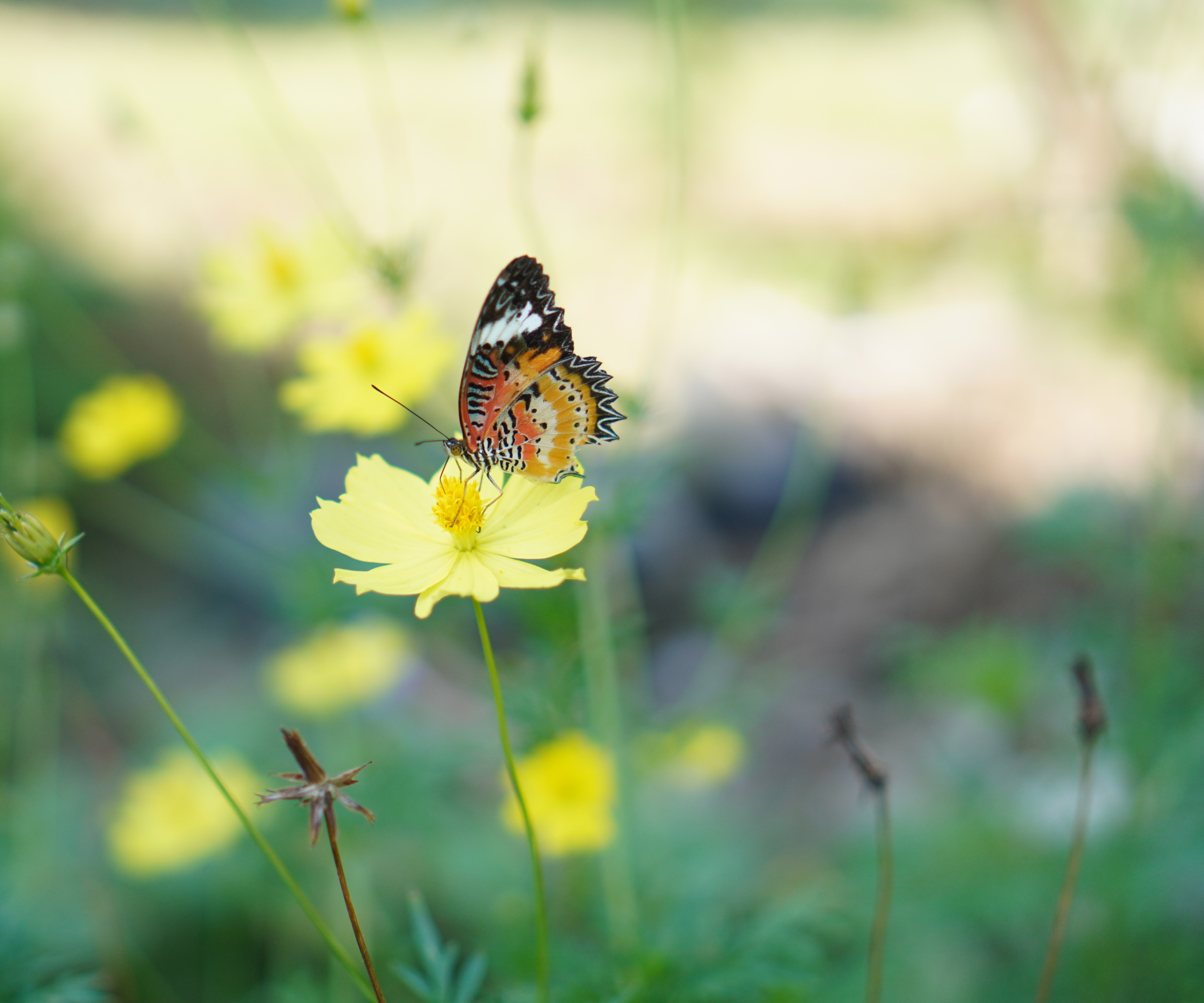
How to keep cosmos blooming
Cosmos flowers can be grown in many shades, from pink to white, yellow to red. If you are seeking flower bed ideas, cosmos are sure to add impact to your plot. Cosmos are usually grown as annuals, so it doesn't tend to matter which US hardiness zone you reside in, as these blooms will germinate, grow, bloom and die all within one season. By following our 3 expert-approved steps below, you can sit back and enjoy the late summer flower show.
1. Deadheading cosmos
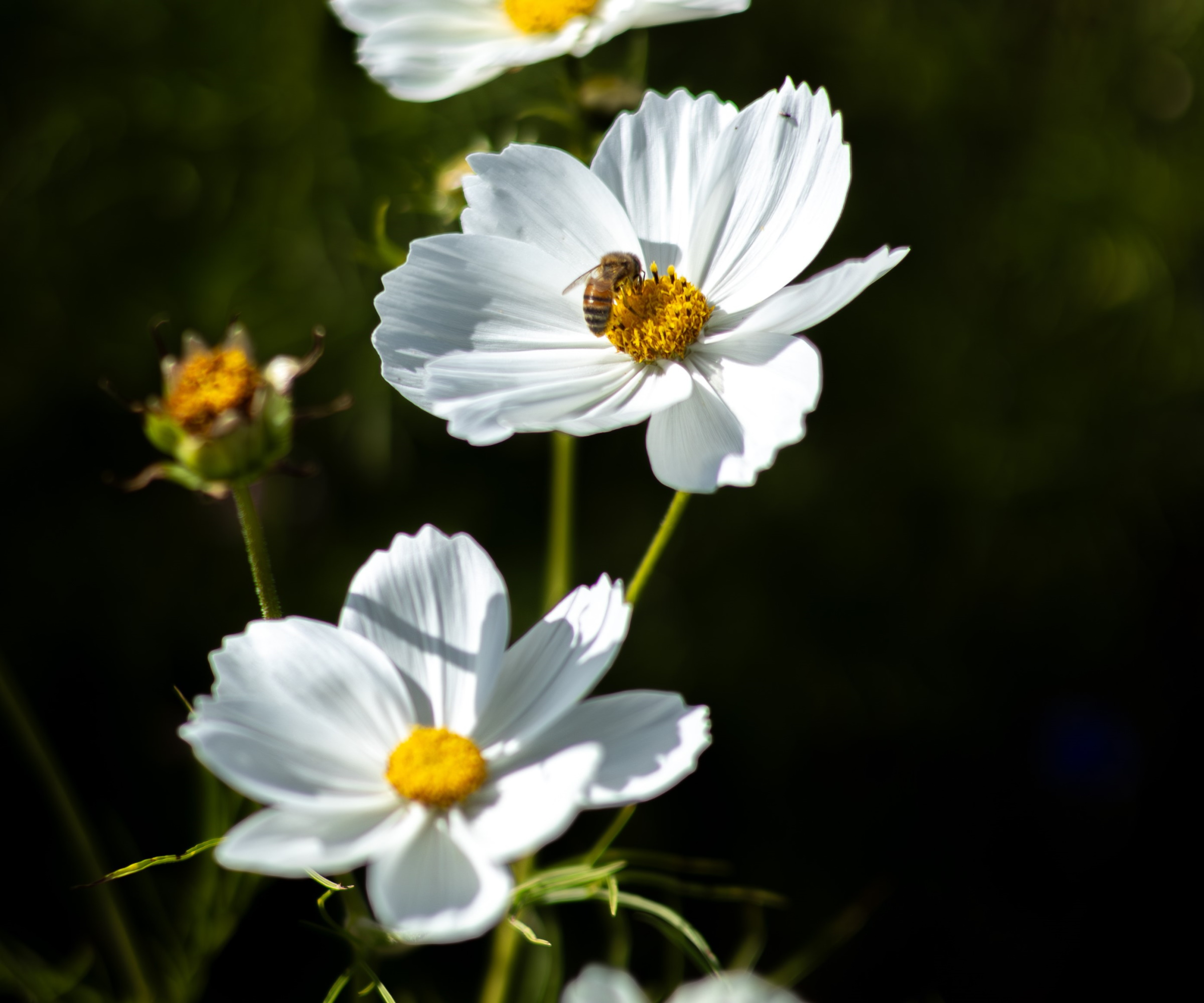
'Cosmos are one of my favorite summer annuals because of how easy they are to grow,' says Sam Niemann, garden expert and founder of Grown by Design, a boutique landscape design firm based in San Diego. 'With the right care, they will reward gardeners with buckets of flowers all season long.'
'Deadheading your cosmos regularly will encourage your plants to continue flowering all the way through until the first frost,' adds Sam. 'Regularly removing dead cosmos flowers will keep them flowering for much longer.
'As soon as the cosmos petals begin to wither and drop, it is important to act quickly and snip each flowering stem to just above a leaf node,' Sam continues. 'Any blooms that are left on the plant will set seed, diverting energy away from flower production.'
Design expertise in your inbox – from inspiring decorating ideas and beautiful celebrity homes to practical gardening advice and shopping round-ups.
Whether you are deadheading or taking stems to use in a vase display indoors, I recommend investing in a pair of new flower snips, available from Walmart.

Sam is a lifelong gardener whose passion for plants and nature has been the driving force behind his extensive knowledge and expertise in horticulture. He studied at San Diego State University, earning a degree in Finance while simultaneously founding Grown by Design, a boutique landscape design firm.
2. Fertilizing cosmos

Cosmos plants are a great option for gardeners seeking cutting garden flowers. These low-maintenance annuals can benefit, however, from an application of fertilizer throughout the growing season.
'Like many annuals, cosmos will flower best with regular fertilization throughout spring and summer,' continues Sam. 'I recommend regular feeding with a liquid fertilizer. There is a huge selection of products available online or from garden stores.'
As Sam says, feeding your annual plants can help to extend flowering. Using a fertilizer that is high in phosphorus, such as this bloom booster fertilizer, available from Amazon, will encourage flower production.
3. Staking cosmos plants
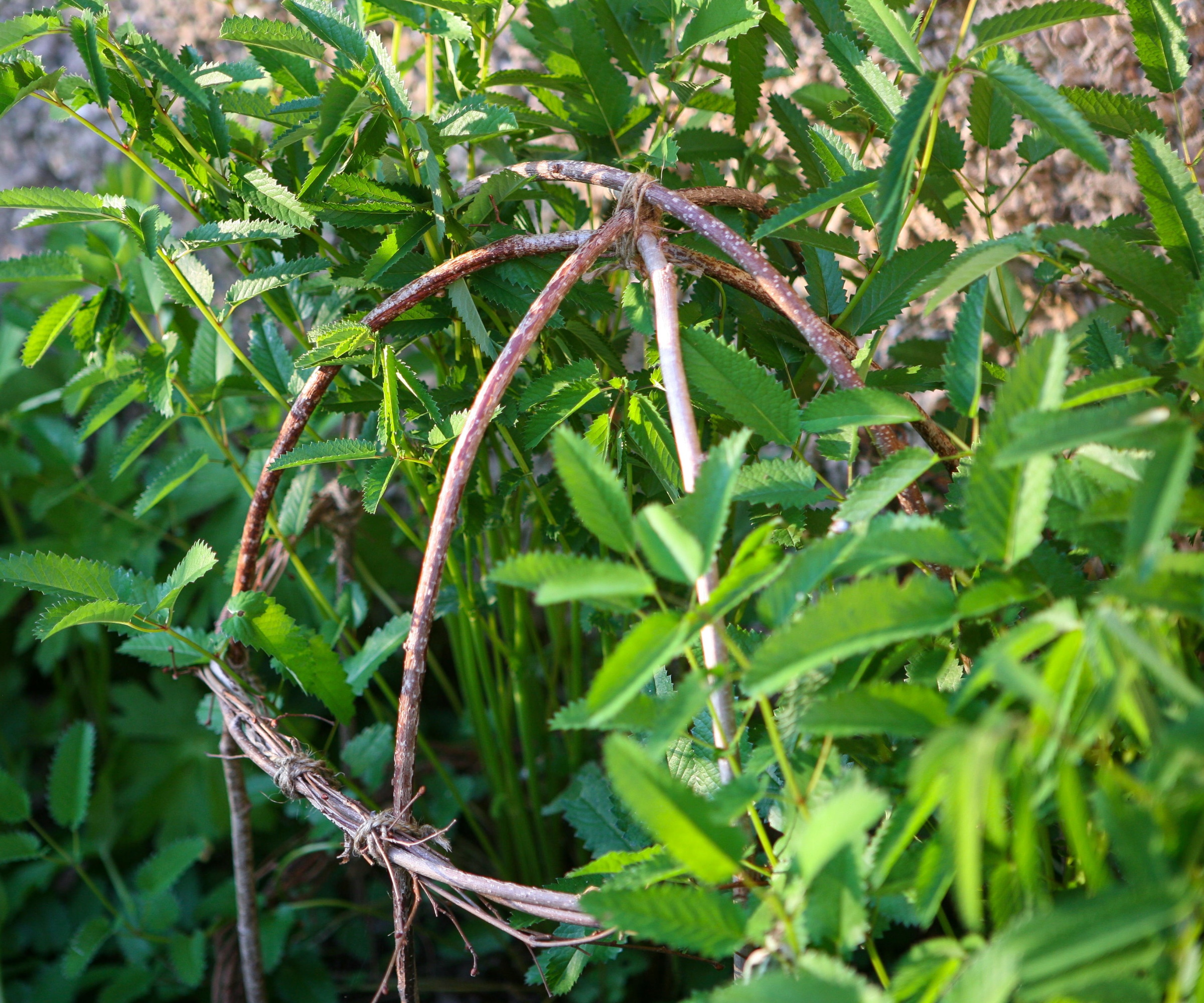
'Staking is always a good idea for annual flowers, especially if you want tall, straight stems to cut for a vase,' says Sam. 'It is also important if you are growing a taller annual variety that reaches 3 or 4 feet.'
Keeping your plants supported will encourage healthy new growth, and as they reach a good size in late summer, they tend to become top-heavy. If there is a short burst of heavy rain or a strong gust of wind, this can cause irreparable damage to your plants. With suitable staking, you can ensure that your plants thrive, whatever the weather. Plant supports are available to order online from Amazon.
'I recommend staking your plants when you put them in the ground but they can be staked later in the summer without any issue as well,' Sam says. 'Ensuring your plants stay upright will help to keep those blooms coming.'
For an artisanal, cottage-garden aesthetic, why not consider building hazel plant supports, for a natural look in your yard?
FAQs
Should I pinch out cosmos plants in spring?
'One of the biggest tips I have for encouraging blooms is pinching out in the early spring,' says Sam Niemann, garden expert and founder of Grown by Design. 'When your plants are young, pinching or snipping the central stem will help to encourage bushy, horizontal growth, resulting in stronger plants with even more blooms.'
By following these 3 expert-approved steps, you can help your cosmos plants last as long as possible, and encourage them to produce as many flowers as possible - and who wouldn't want that? For more cosmos advice, you might find our guide on when to plant cosmos seeds useful.

Thomas is a Content Editor within the Gardens Team at Homes and Gardens. He has worked as a professional gardener for both public spaces and private estates, specializing in productive gardening, growing food and flowers. Trained in Horticulture at the Garden Museum, he has written on gardening and garden history for various publications, including The English Garden, Gardens Illustrated, Hortus, The London Gardener and Bloom. He has co-authored a Lonely Planet travel book, The Tree Atlas, due out in 2024.
